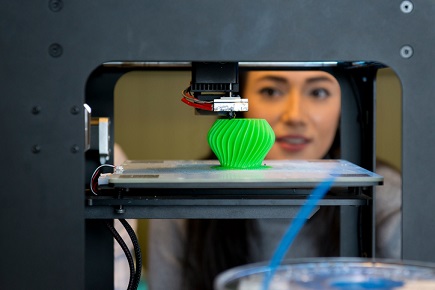
With the emergence of 3D printing, a key issue has emerged for schools: how to manage this new learning curve while maximising the ability to develop ideas, and outcomes, more quickly.
For a principal, deciding whether to invest in 3D printing technology for the classroom is an important decision, so it’s helpful to consider a variety of factors.
Below, Y Soft – a Czech print management solutions company founded in 2000 – shares five important considerations for school leaders to help them determine if they’re prepared for 3D printing.
How students will access the printer
Schools and universities want to protect students from injury and prevent other students from taking 3D objects that don’t belong to them. These concerns are mitigated with careful policing, often limiting student access to the printer. An enclosed 3D printer with lockable doors helps ensure safety and prevents theft. This means that schools can place the printer in a more accessible location and encourage students to use 3D printing in daily activities.
Where the 3D printer will be physically placed
Location is key for the successful adoption of 3D printing. Students should be able to use the 3D printer outside of formal lesson times and interact with it regularly. This means that the ideal location for a 3D printer should be an easily-accessible area of the school or university and somewhere that won’t disturb classes.
What skills and software are required
3D printing begins with a digital file of a 3D model design, which requires the user to work with a computer-aided design (CAD) program. While some schools and universities may have in-house expertise working with design files, many non-technical schools and universities don’t. 3D printing is becoming more mainstream and there are several free and paid sites available that contain files that 3D enthusiasts have shared. These sites can be a good starting point before investing in CAD software.
How to manage 3D printers
Managing 3D printers requires specialist knowledge. A service agreement with a third party for a 2D print environment can help schools better position themselves to add 3D printers. Schools and universities without any formal support should review and optimise their current printing environment. Choosing a 3D print provider that can also handle 2D paper printers can also benefit schools with volume discounts.
How to cover the costs of 3D printing
In addition to the cost of the 3D printer schools and universities must consider the material involved in printing 3D projects. Similar to how the ongoing management and consumable costs can be charged to students on a pay-as-you-go service for paper printing, the same concept can be applied to 3D printing.
Related stories:
What is your school’s ‘right fit’ technology?
Ransomware still a top threat for schools
New partnership aims to ‘transform education’


